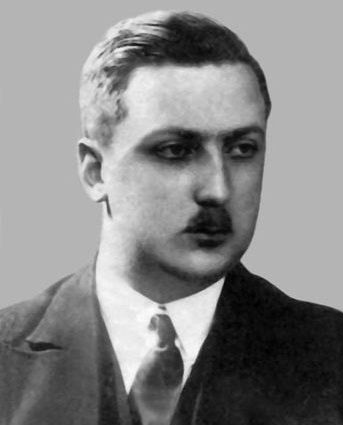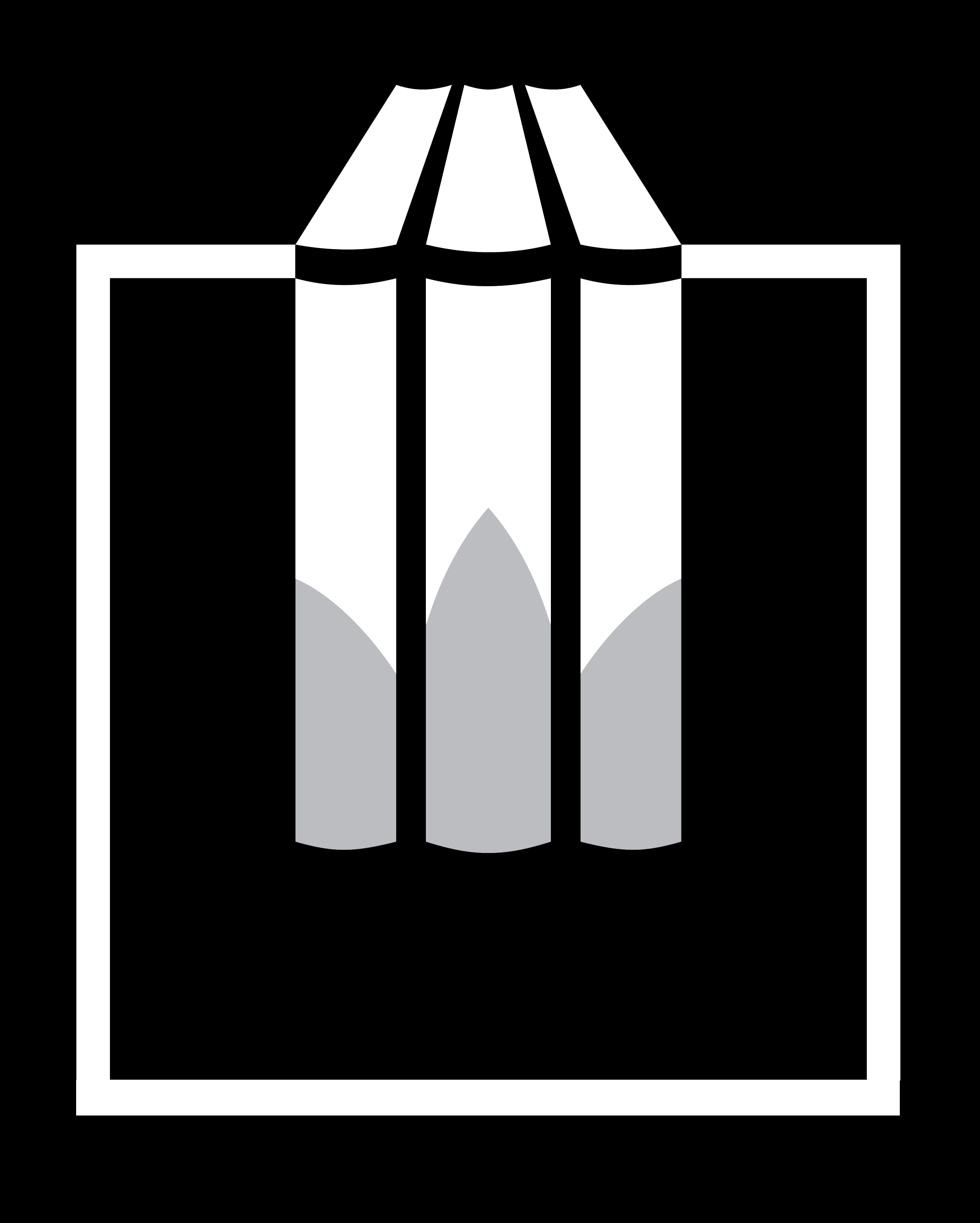Karwowski Stanisław (1906–1940)
Krzysztof Pilarczyk ![]()
Jagiellonian University in Krakow, Poland
Karwowski Stanisław Ignacy Antoni from Karwów of Pniejnia (Cwaliny) coat-of-arms was a Polish physician, doctor of medical sciences at the Adam Mickiewicz University in Poznań, specialising in laryngology. Between 1934 and 1936, he worked at the Department of Laryngology at Charles University in Prague and it was then that he became interested in the publications of the Czech sindonologist Rudolf W. Hynek. He felt that his work Umučení Páně vědou odhalené (Praha 1936) should be made available to the Polish reader so that Catholic Poland would not lag behind in the popularisation of the Shroud (p. VIII). He translated it into Polish as The Holy Shroud of Turin. The Passion of Christ in the Illumination of Science between 1936 and 1937, when he was also already a lecturer of pastoral medicine at the Major Seminary in Poznań.

The first edition was published in 1937 by St Adalbert’s Bookshop, with the imprimatur of the Poznan Metropolitan Curia, with a circulation of 4,000 copies. The publication contained a broader presentation of the Shroud of Turin and research on it. A year later, an expanded second edition was printed, newly compiled on the basis of the third Czech edition: Kristova tvář a muka (Praha 1937) and the second German edition: Golgotha – Wissenschaft und Mystik (Karlsruhe 1936). The appearance of R.W. Hynek’s book in Polish was connected with the growing interest in the subject of the Shroud of Turin. In addition to the Italian commission examining the Shroud, a French commission headed by Paul Vignon, as well as a Czechoslovak and a North American commission were soon formed. The Czechoslovak commission was headed by R.W. Hynek (also known as Ralph Waldo), a Czech physician who left quite a legacy of writings on medicine, psychology, magic, occultism and (after his conversion to Catholicism) sindonology. He dealt with the Shroud of Turin essentially for two motives. Firstly, he felt that the secularised public who had taken an interest in the extraordinary discovery from Turin should first be made aware of the fact that Jesus was a historical figure, as proven not only by the ancient testimonies of Tacitus, Suetonius, Pliny the Younger, Josephus Flavius and numerous early Christian sources, but also by the Shroud of Turin. The Shroud was photographed for the second time in 1931. →Giuseppe Enrie, who took the photographs made them available to R.W. Hynek for his book, which gave rise to the latter’s claim that modern science is now photographing the Body of Christ, after nineteen centuries (2nd ed., p. 3). The Czech scholar’s other motive was the desire to introduce the reader to the mystery of the passion of Jesus and to remind him of its soteric significance (p. 4) and to reaffirm the beauty and historicity of the Christian faith (p. 5).
S. Karwowski also popularised this knowledge in Poland through numerous lectures and talks, commenting on it from a medical point of view. Among others, his lecture entitled The Shroud of Turin Through the Eyes of a Physician was accidentally given to →Stanisław Waliszewski, an anatomist and surgeon from Poznań and Rogoźno Wielkopolskie. Fascinated—as he later reported—by the beautifully and artistically painted Shroud (a copy of which was used by S. Karwowski), he devoted his whole life to it, becoming a follower of S. Karwowski who, while penetrating the mystery of Jesus’ death from the Shroud, did not know that he himself would soon experience some extraordinary suffering. Just before the outbreak of war, he was assigned as a doctor with the rank of second lieutenant to a military hospital in Białowieża. After the Soviet aggression against Poland on 17 September 1939, he was imprisoned by the Russians in a POW camp for Polish officers in Ostashkov, then murdered at the age of 33 with a shot to the back of the head in the NKVD prison in Tver in April 1940 and buried in Mednoye, where the Polish War Cemetery is located today.
References
Karwowski A., Wielkopolska gałąź rodziny Karwowskich, [on-line:] http://uminski.name/media/11858.pdf – 5 VII 2021.
Pilarczyk K., Polscy syndonolodzy. Z dziejów badań Całunu Turyńskiego i ich popularyzacji, “Collectanea Theologica” 2018, Vol. 88, No. 2, p. 22, https://doi.org/10.21697/ct.2018.88.2.02.
Waliszewski S., Il Dottor Stanislao Karwowski Araldo della Sindonologia Polacca, “Collegamento pro Sindone” 1988, No. 6, p. 49–50.
Source of Image
Internet, https://media2.nekropole.info/2013/12/Stanislaw-Ignacy-Antoni-Jozef-Karwowski.jpg (public domain)
